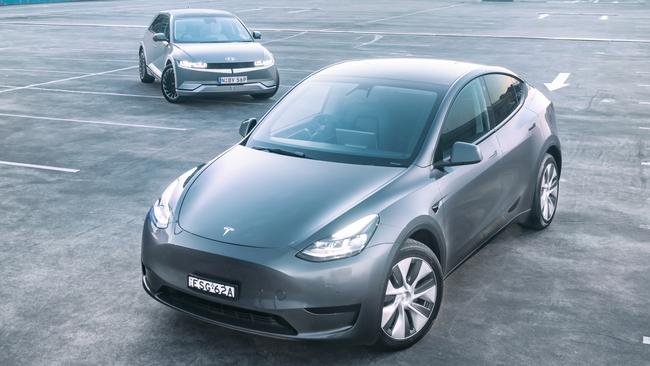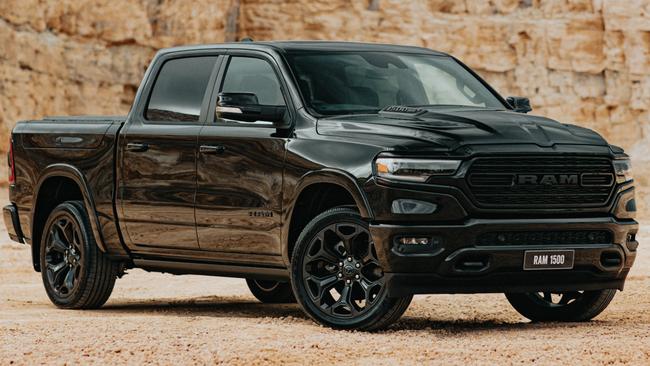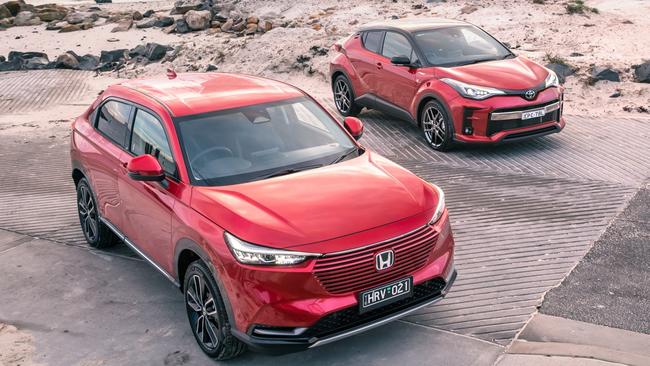Government to encourage EV uptake through emissions target and infrastructure
A new discussion paper has outlined ways to increase the take-up of electric vehicles in the Australian market. Will it mean the end of your ute or SUV?
Motoring News
Don't miss out on the headlines from Motoring News. Followed categories will be added to My News.
The government’s National Electric Vehicle Strategy discussion paper is unlikely to have much effect on the cars we drive in the next few years.
For a start it’s a discussion paper, not a policy document. There’s a long way to go before any of the ideas presented make their way into legislation. Kevin Rudd produced our first discussion paper on vehicle emissions in 2008 and nothing has happened since.
But the discussion paper is a heads-up on the direction in which the government is headed and there are some clues in the fine print.
NO DEADLINES OR REBATES
For a start it doesn’t propose a deadline for the phasing out of petrol and diesel-powered cars, although it alludes to bans in other countries.
It also makes no mention of a federal rebate for EV buyers, a common lever to increase uptake overseas. The US rebate is worth roughly $11,500.

On both those scores, it falls short of the policies being advocated by the Greens and environmental lobby groups.
The most likely outcomes are infrastructure spending and a range of other incentives for EV buyers, most of which already exist at a State level.
Most States already have rebates of up to $3000 for early EV adopters, while some have stamp duty and registration discounts. There is mention of access to bus lanes and cheap or free inner-city parking for EV owners.
An FBT exemption for salary-sacrificed company cars is already in the pipeline and should be signed off by the Senate later this week.

EMISSIONS TARGET
The most likely form of government intervention remains an enforceable CO2 emissions target for car manufacturers that has the potential to change the types of vehicles we drive.
The government claims – and most of the car industry agrees – that the lack of an emissions target is restricting the supply of EV models into the local market. In Europe, buyers have access to roughly 26 EVs costing less than $60,000. In Australia, it’s only a handful.
EV supply is running at a tickle because makers are prioritising markets with strict emission laws.

The discussion paper says that Australia risks becoming a dumping ground for thirsty vehicles that can’t be sold elsewhere.
It also argues that a CO2 target will benefit motorists because more efficient cars use less petrol, a point unlikely to be lost on those bracing themselves for the reintroduction of the full fuel excise.
UTES AND SUVS ARE SAFE
A CO2 target doesn’t mean car makers will have to stop selling utes and SUVs. It simply means they will have to sell more EVs to offset their thirstier vehicles.
The discussion paper attempts to allay concerns from Australians in rural and regional Australia, where long distances make EVs impractical.
In his preamble, Climate Change and Energy Minister Chris Bowen, says any CO2 emissions target will “preserve access to the range of vehicles people need for work and leisure”.

In other words, “we’re not going to take your ute and ruin your weekend”.
While Toyota HiLuxes and Ford Rangers are likely to miss any CO2 target by a wide margin, hybrid Klugers and RAV4s should be pretty close to the mark.
Legislation is likely to hasten the arrival of hybrid and electric utes.
Thailand, where the Ford Ranger is built, has committed to making itself a global centre of excellence for EV manufacturing and Ford already has an electric F150.
HYBRIDS PART OF TRANSITION
Bowen has also left the door open for hybrids to be part of the transition to EVs, which is a sensible option at least until 2030, when electric vehicles are tipped to be the same price as petrol and diesel vehicles.

The report raises the possibility of “supporting the transition with better fuel quality and more fuel efficient and low emission vehicles … until EVs are available for all Australians”.
It’s a sensible move, as EVs are likely to remain prohibitively expensive and hard to find for some time yet. By contrast, Toyota’s RAV4 hybrid costs roughly $2000 more than the petrol version and uses roughly half the fuel in city driving, which makes the payback pretty appealing.
More Coverage
Originally published as Government to encourage EV uptake through emissions target and infrastructure





